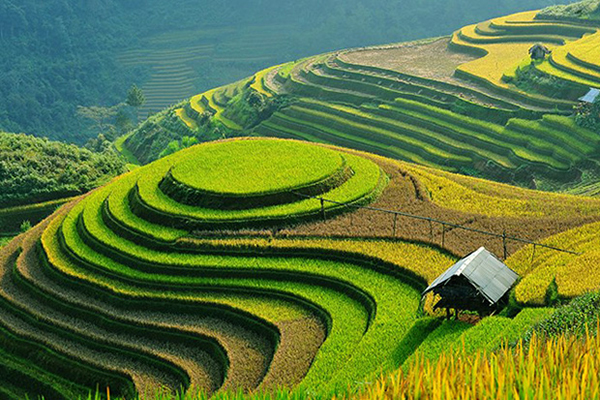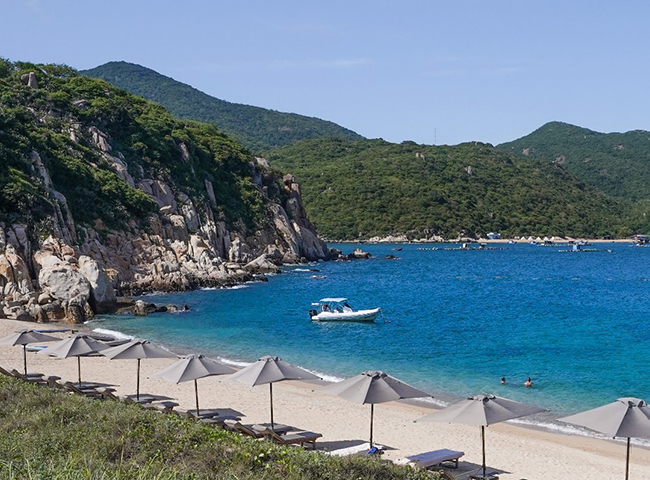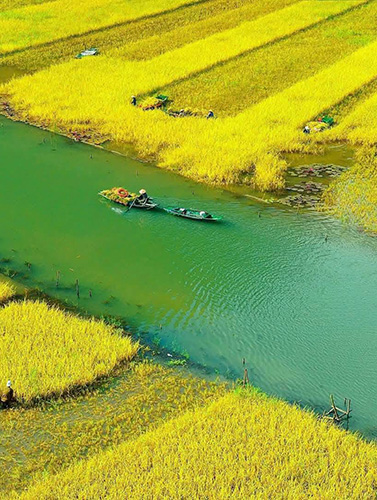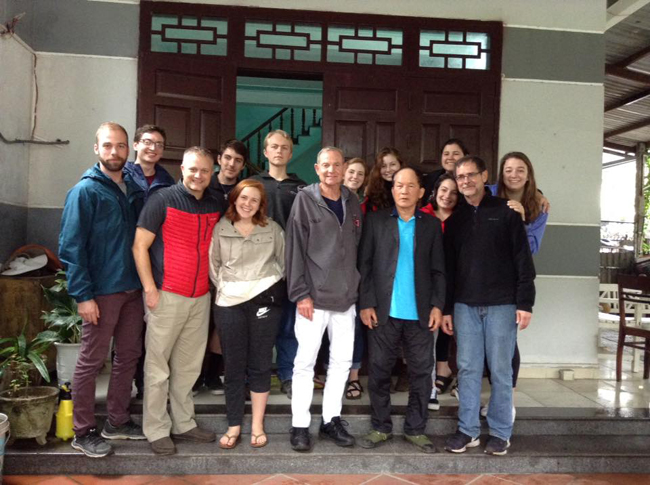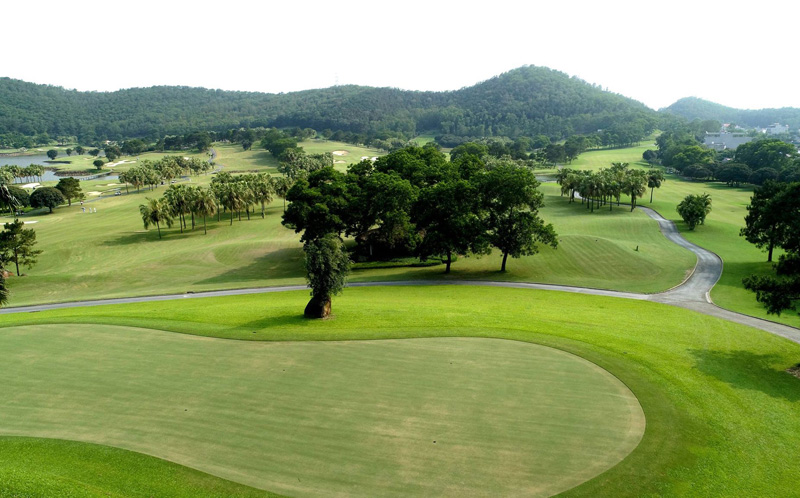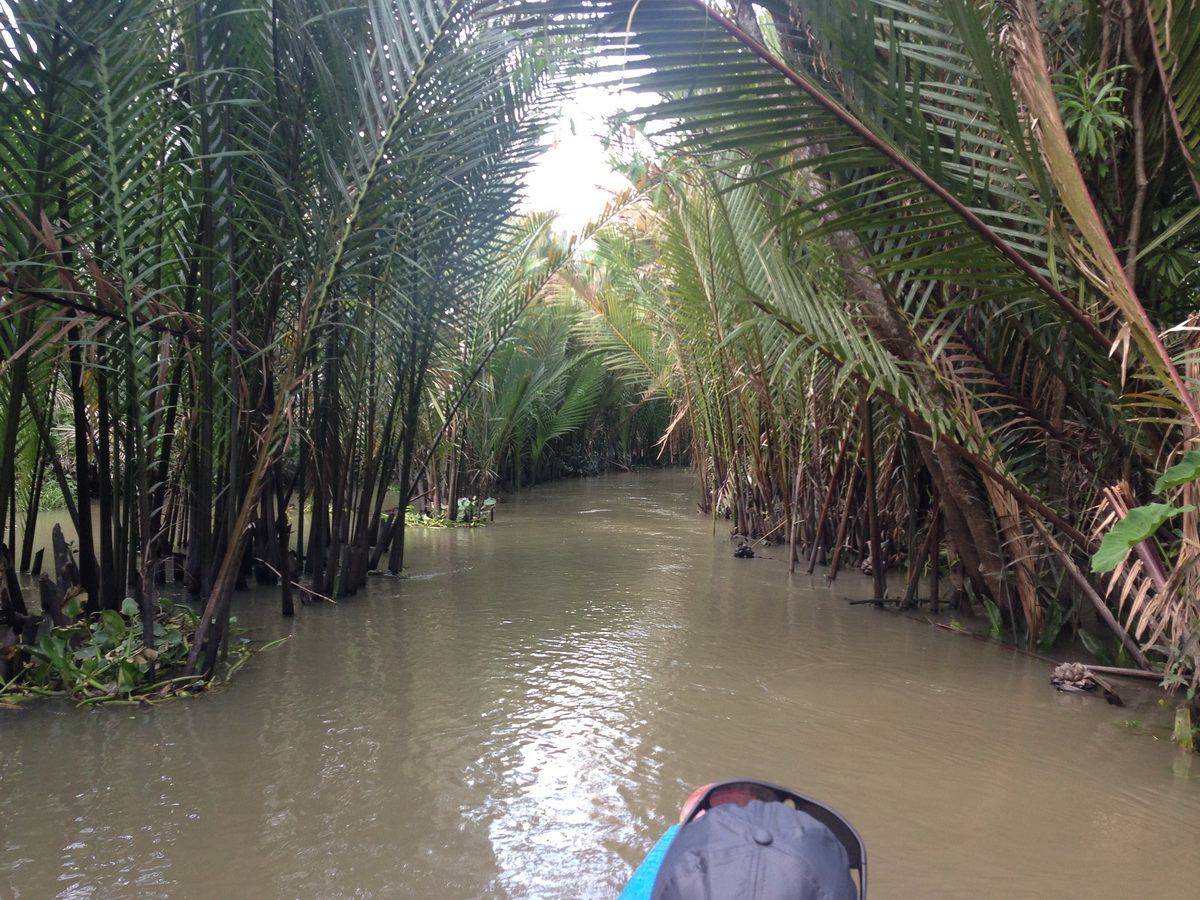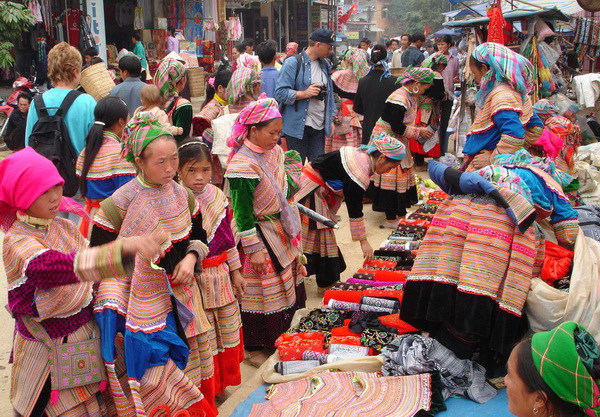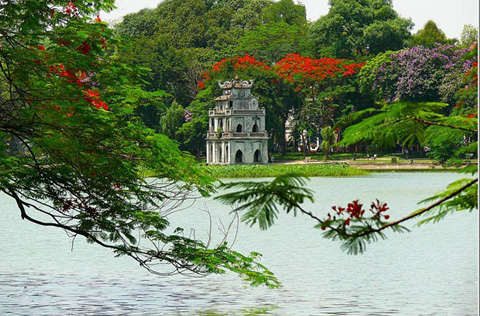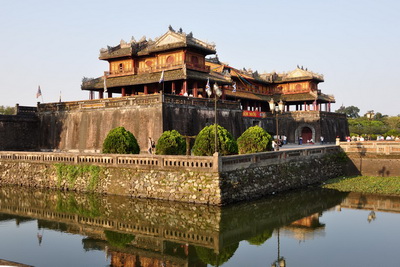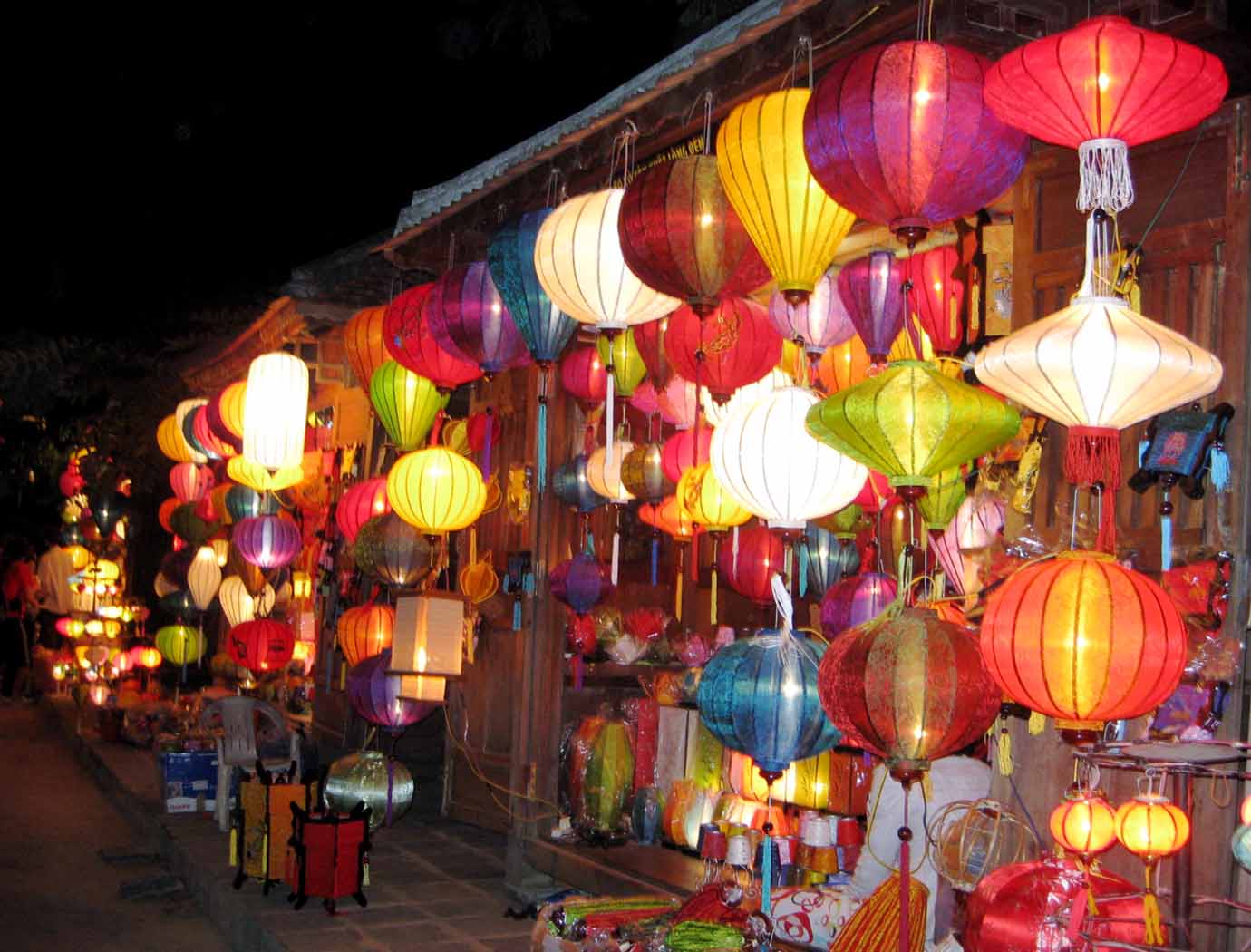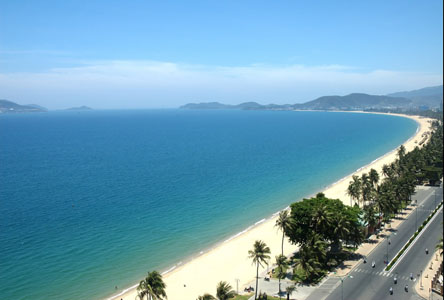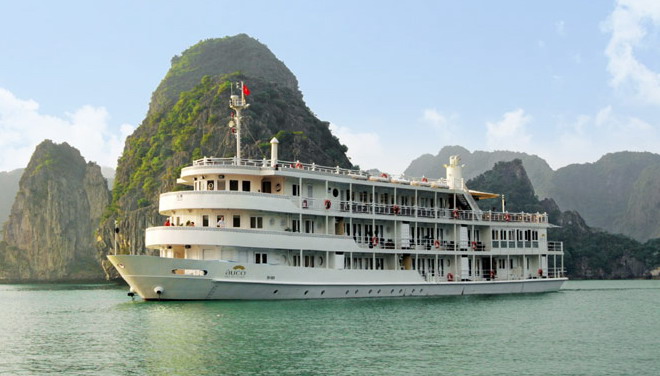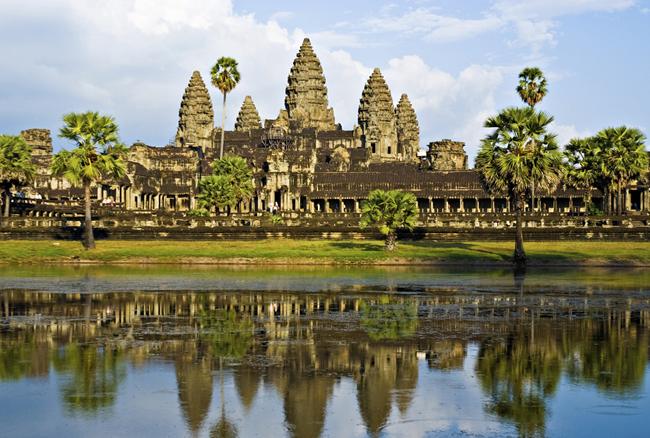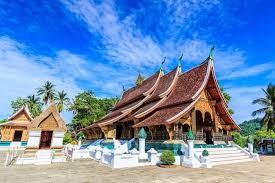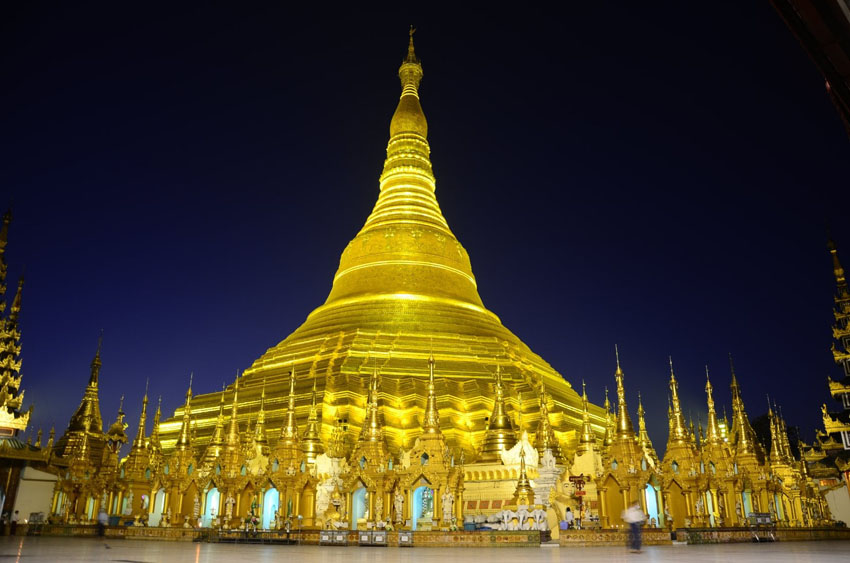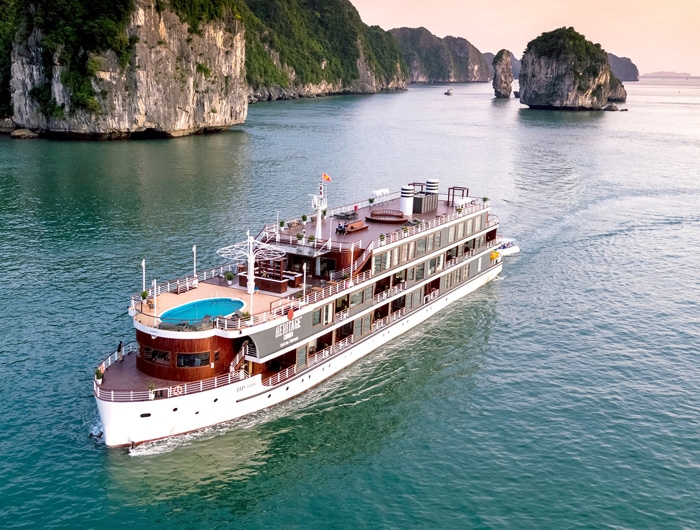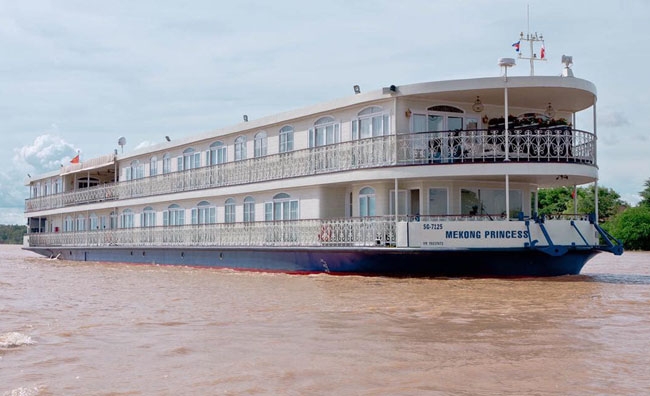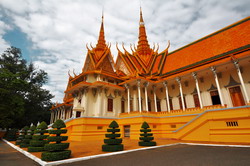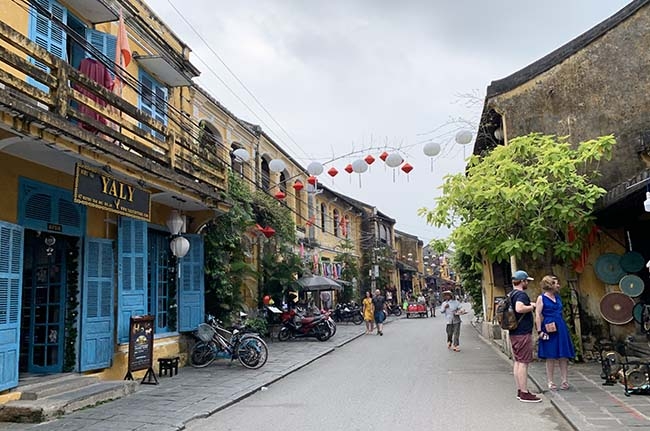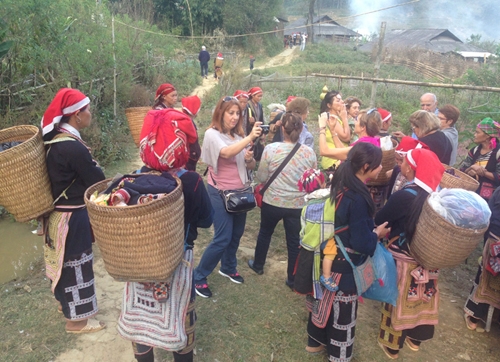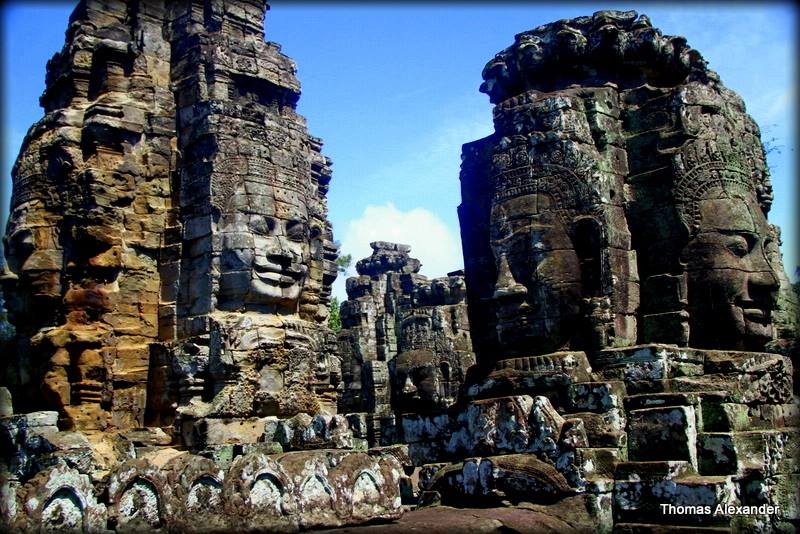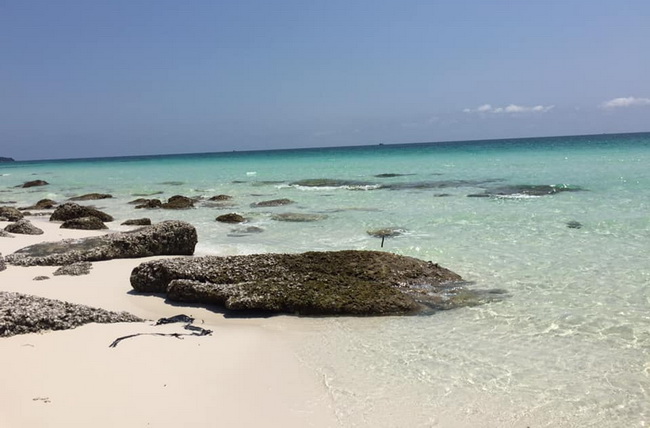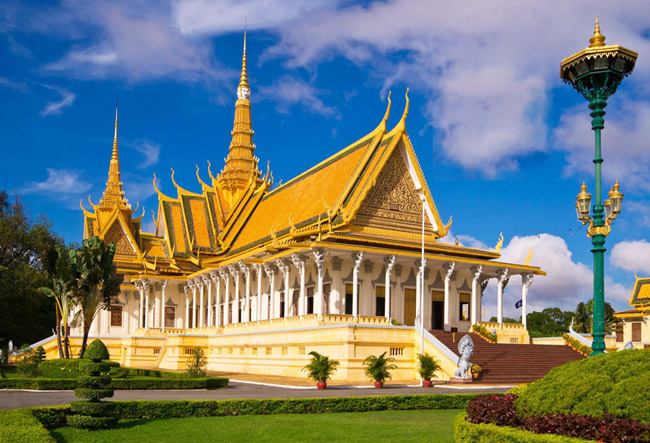Angkor Complex
The Angkor Complex is one of the world’s most awe-inspiring historical and cultural treasures located in Siem Reap, Cambodia, this vast site was once the heart of the Khmer Empire, which flourished from the 9th to the 15th centuries. Covering more than 400 square kilometers, Angkor is home to hundreds of temples, reservoirs, canals, and ancient cities, making it the largest religious monument in the world. In 1992, it was declared a UNESCO World Heritage Site, attracting millions of visitors each year who come to marvel at its unique architecture, intricate carvings, and spiritual atmosphere.
History of the Angkor Complex
The story of Angkor begins in the 9th century AD with the declaration of King Jayavarman II, who established the devaraja, or "god-king" cult, unifying the region under a single ruler who was considered a divine representative on Earth. This fusion of spiritual and political authority became the driving force behind the empire's monumental construction projects.
For over 600 years, from the 9th to the 15th centuries, successive kings built their own state temples and capitals within the Angkor region. Each structure was designed not only as a center of worship but as a microcosm of the Hindu universe, a symbolic Mount Meru (the abode of the gods) on earth. The empire's power was built on a sophisticated system of water management, allowing for massive rice surpluses that supported a vast population and the immense labor force required for such ambitious projects.
9th–10th centuries: Early temples like Bakong and Pre Rup reflect Hindu influences, dedicated primarily to Shiva.
12th century: Under King Suryavarman II, the majestic Angkor Wat was constructed as a Hindu temple dedicated to Vishnu, showcasing classical Khmer architecture at its peak.
Late 12th century: King Jayavarman VII shifted the empire’s religion toward Mahayana Buddhism and built Angkor Thom, including the enigmatic Bayon Temple, famous for its serene stone faces.
15th century decline: After repeated invasions and internal decline, the Khmer capital eventually moved south, leaving Angkor abandoned to the jungle for centuries before it was rediscovered by explorers in the 19th century.
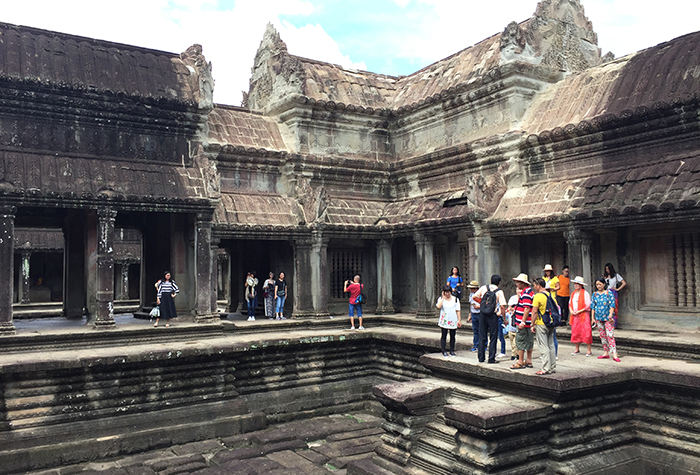
Highlights of the Angkor Complex
While Angkor contains hundreds of monuments, a few stand out for their scale, preservation, and artistic mastery.
1. Angkor Wat
No image of Cambodia is more iconic than the five lotus-bud towers of Angkor Wat. Built in the early 12th century by King Suryavarman II, it is the world's largest religious monument. Originally dedicated to the Hindu god Vishnu, it gradually transformed into a Buddhist temple, a shift that reflects Cambodia's religious evolution.
Architecture and Symbolism: Unlike most temples which face east, Angkor Wat faces west, a direction associated with Vishnu and death, leading some scholars to believe it also served as the king's funerary temple. The entire complex is a representation of the Hindu cosmos: the surrounding moat symbolizes the cosmic ocean, the concentric walls represent the mountain ranges surrounding Mount Meru, and the central towers are Meru itself.
The Bas-Reliefs: The temple's galleries are adorned with over 1,200 square meters of intricate bas-reliefs. These carvings depict scenes from Hindu epics like the Ramayana and Mahabharata, historical battles of Suryavarman II, and the chilling depiction of the "Churning of the Ocean of Milk," a foundational myth of Hindu cosmology.
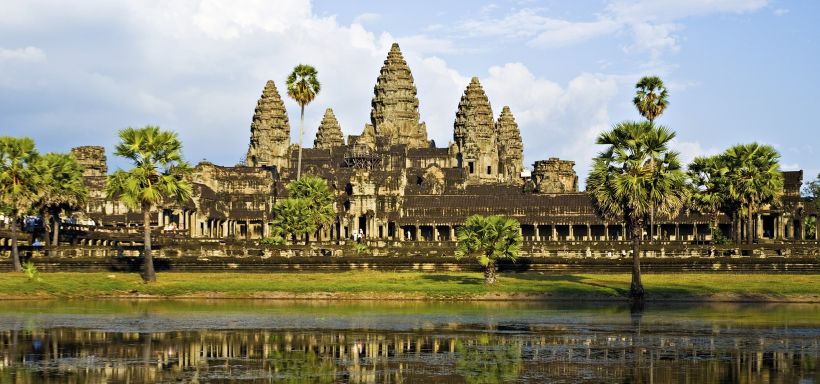
2. Angkor Thom
The last great capital of the Khmer Empire, Angkor Thom (meaning "Great City"), was established by the legendary King Jayavarman VII in the late 12th century. Enclosed by a massive square wall and a wide moat, the city is accessed through magnificent gates crowned with giant stone faces of the bodhisattva Avalokiteshvara, bearing a resemblance to the king himself.
Bayon Temple: At the heart of Angkor Thom lies the enigmatic Bayon Temple. Its most distinctive feature is the multitude of massive, serene stone faces—216 in total—that gaze out from 54 towers. This creates an overwhelming and mesmerizing atmosphere, as if being watched by the gods themselves. The bas-reliefs here are equally impressive, but they depict everyday life—market scenes, festivals, battles—offering a rare glimpse into the world of the common Khmer people.
The Baphuon is at Northwest of the Bayon. Built in the mid-11th century, it is a three-tiered temple mountain built as the state temple of Udayadityavarman II dedicated to the Hindu God Shiva. It is the archetype of the Baphuon style. The temple adjoins the southern enclosure of the royal palace and measures 120metres east-west by 100 metres north-south at its base and stands 34 metres tall without its tower, which would have made it roughly 50 metres tall. Its appearance apparently impressed Emperor Chengzong of Yuan China's late 13thcentury envoy Chou Ta-Kuan during his visit from 1296 to 1297, who said it was 'the Tower of Bronze...a truly astonishing spectacle, with more than ten chambers at its base.' In the late 15th century, the Baphuon was converted to a Buddhist temple. A 9 metres tall by 70 metres long statue of a reclining Buddha was built on the west side's second level, which probably required the demolition of the 8 metres tower above, thus explaining its current absence.
Other Structures: Within Angkor Thom, you'll find the Terrace of the Elephants, a grand viewing platform for royal ceremonies, and the Terrace of the Leper King, noted for its deeply carved nagas (serpent deities) and mysterious statue.
3. Ta Prohm: The Embraced Temple
Known as the “Tomb Raider Temple” due to its appearance in the famous movie, Ta Prohm has been left largely as it was found by early European explorers: locked in the stranglehold of the jungle. Sprawling silk-cotton and strangler fig trees have woven their roots through the stonework, their immense trunks bursting through walls and terraces. Built by Jayavarman VII as a Buddhist monastery and university, Ta Prohm’s state of arrested decay offers a powerful and romantic vision of nature's relentless reclaiming of human endeavors. It is a poignant reminder of the impermanence of even the greatest empires.
4. Preah Khan: The Sacred Sword
Another of Jayavarman VII's foundations, Preah Khan served as a monastery, university, and a city. Like Ta Prohm, it is enveloped by jungle, but on a grander, more complex scale. It is a vast, labyrinthine complex of vaulted corridors, crumbling halls, and hidden courtyards, offering a sense of adventure and discovery at every turn.
5.Ta Som was built during the late 12th century by the great King Javayarman VII, not much information about the purpose of this temple, but it may have been dedicated to the King’s father or one of his teachers. Ta Som was swallowed up by the jungle until the 1930’s, when it was cleared out enough for visitors to access the site, but left in its mostly unrestored state. This Bayon-style temple is surrounded by a moat and three separate enclosures constructed of laterite, which is a rusty-red colored rock common to tropical climates. The first or inner enclosure features four corner towers and four gopuras, and face-towers with four faces looking out in each of the cardinal directions. The second and third enclosures are separated by the moat. These outer enclosures mirror each other as they both feature two gopuras, on the east and west side.
6.Banteay Srei
Banteay Srei or Banteay Srey is a 10th-century Cambodian temple dedicated to the Hindu god Shiva. Located in the area of Angkor, it lies near the hill of Phnom Dei, 25 km (16 mi) north-east of the main group of temples that once belonged to the medieval capitals of Yasodharapura and Angkor Thom. Banteay Srei is built largely of red sandstone,a medium that lends itself to the elaborate decorative wall carvings which are still observable today. The buildings themselves are miniature in scale,unusually so when measured by the standards of Angkorian construction. The sefactors have made the temple extremely popular with tourists, and have led to its being widely praised as a "precious gem", or the "Jewel of Khmer art."
7.Phnom Bakheng Temple
Phnom Bakheng is a Hindu and Buddhist temple in the form of a temple mountain. Dedicated to Shiva, it was built at the end of the 9th century, during the reign of King Yasovarman (889-910). Located atop a hill, it is nowadays a popular tourist spot for sunset views of the much bigger temple Angkor Wat, which lies amid the jungle about 1.5 km to the south ea st. Constructed more than two centuries before Angkor Wat, Phnom Bakheng was in its day the principal temple of the Angkor region, historians believe. It was the architectural centerpiece of a new capital, Yasodharapura, that Yasovarman built when he moved the court from the capital Hariharalaya in the Roluos area located to the southeast. An inscription dated 1052 AD and found at the Sdok Kak Thom temple in present-day Thailand states in Sanskrit: "When Sri Yasovardhana became king under the name of Yasovarman, the able Vamasiva continued as his guru. By the king's order, he set up a linga on Sri Yasodharagiri, a mountain equal in beauty to the king of mountains." Scholars believe that this passage refers to the consecration of the Phnom Bakheng temple approximately a century and a half earlier.
Phnom Bakheng is one of 3 hilltop temples in the Angkor region that are attributed to Yasovarman's reign. The other two are Phnom Krom to the south near the Tonle Sap lake, and Phnom Bok, northeast of the East Baray reservoir.
Visiting the Angkor Complex
Location: Siem Reap, Cambodia (about 6 km from the city center).
Tickets: Angkor Pass is required, available as 1-day, 3-day, or 7-day passes.
- 1-Day Pass: $37 USD
- 3-Day Pass: $62 USD
- 7-Day Pass: $72 USD
Best Time to Visit: November to March, when the weather is cooler and drier.
Tips:
- The Circuit-Most visitors follow either the "Small Circuit" (covering the main highlights like Angkor Wat, Angkor Thom, and Ta Prohm) or the "Grand Circuit" (which includes more remote temples).
- Timing- Sunrise over Angkor Wat and sunset from Phnom Bakheng hill are classic, though popular, experiences. To avoid the largest crowds, explore temples like Preah Khan or Banteay Kdei during the middle of the day.
- Respect-This is an active religious site and a place of immense national pride. Dress modestly (covering shoulders and knees) and behave respectfully.
Getting around Angkor Complex
Tuk-Tuk: This is a popular and affordable option for getting around and reaching the Angkor Complex.
Taxi: Local taxis are available for convenient travel to and from the Angkor Complex.
Bicycle: Renting a bicycle allows for a leisurely and eco-friendly exploration of Siem Reap and the Angkor Complex.
How to get to Angkor Complex
Angkor Complex is about 6 kms from Siem Reap City Center so you can easily get there:
By Tuk Tuk: This is the most popular vehicle in Siem Reap and easy to catch at any street or in front of your hotel
By taxi: More expensive then Tuk Tuk but It has air conditioner
By bicycle: You can rent a bicycle in town or some hotels have free bicycle

